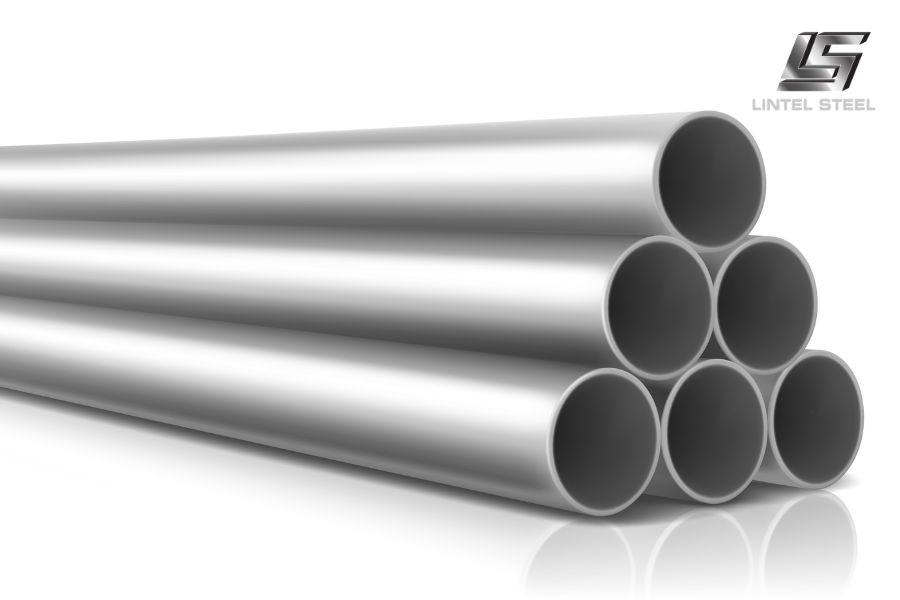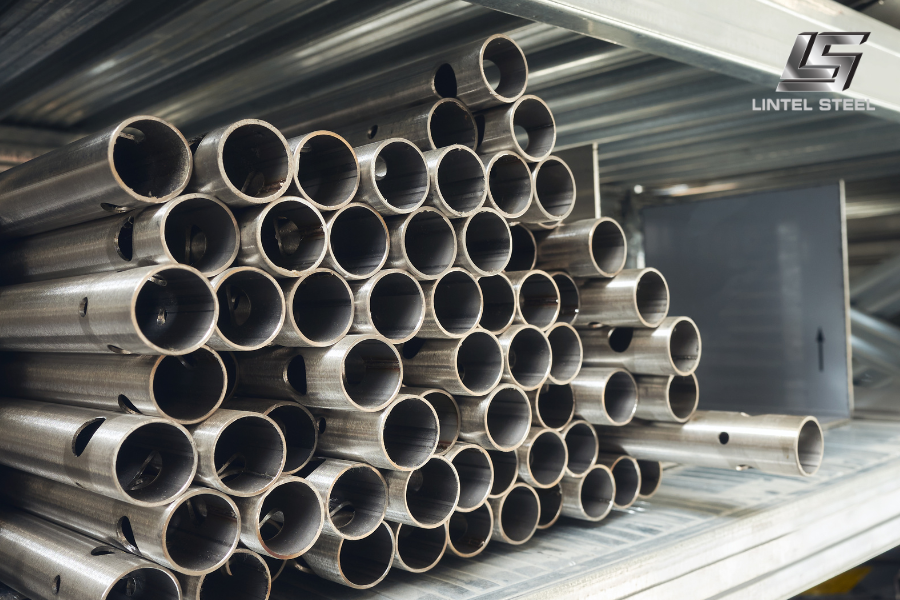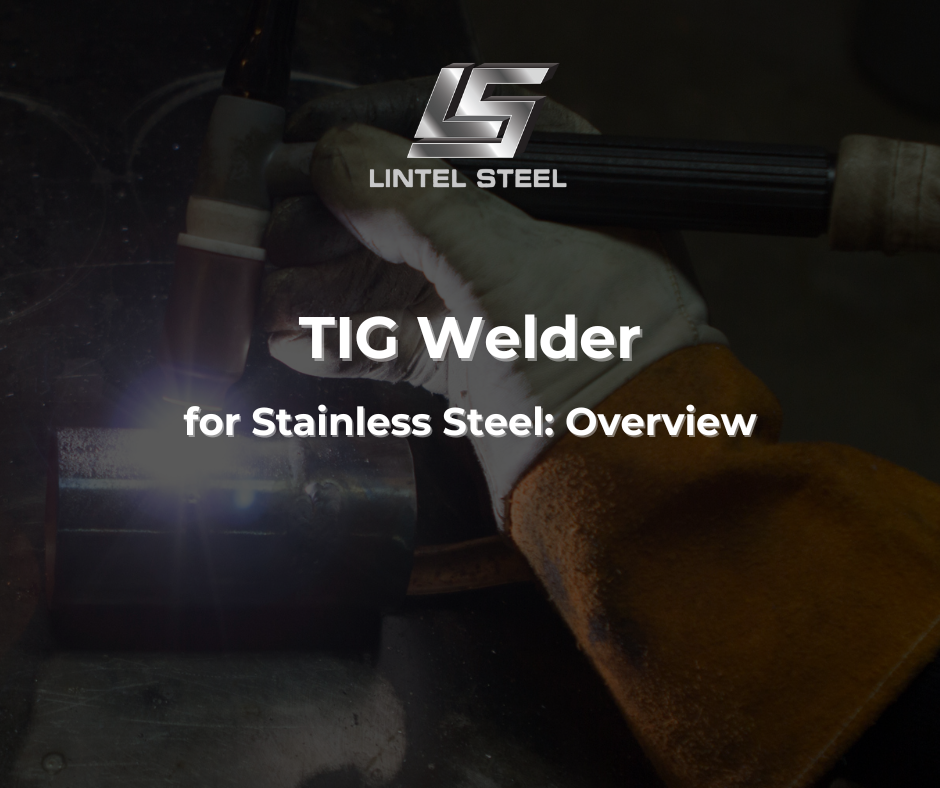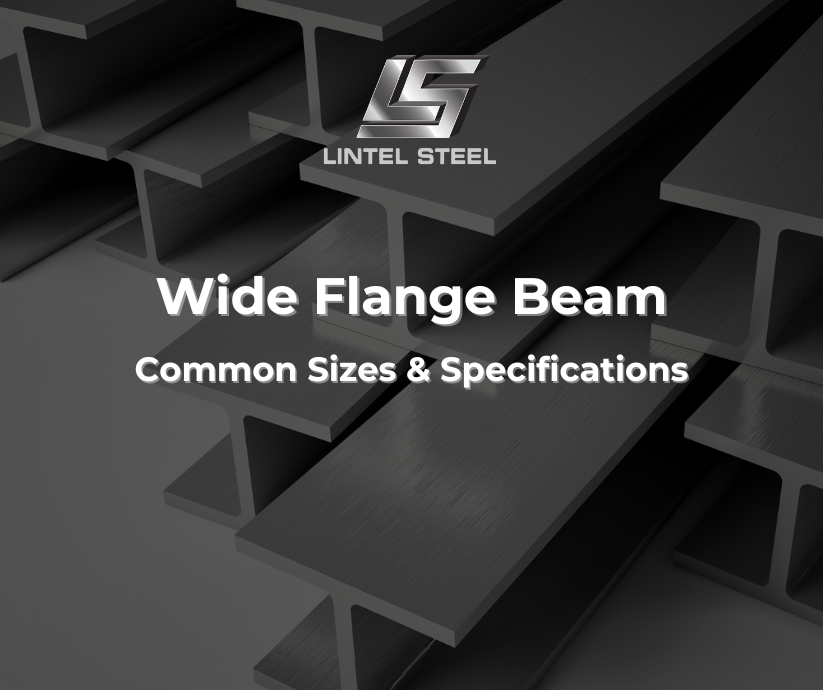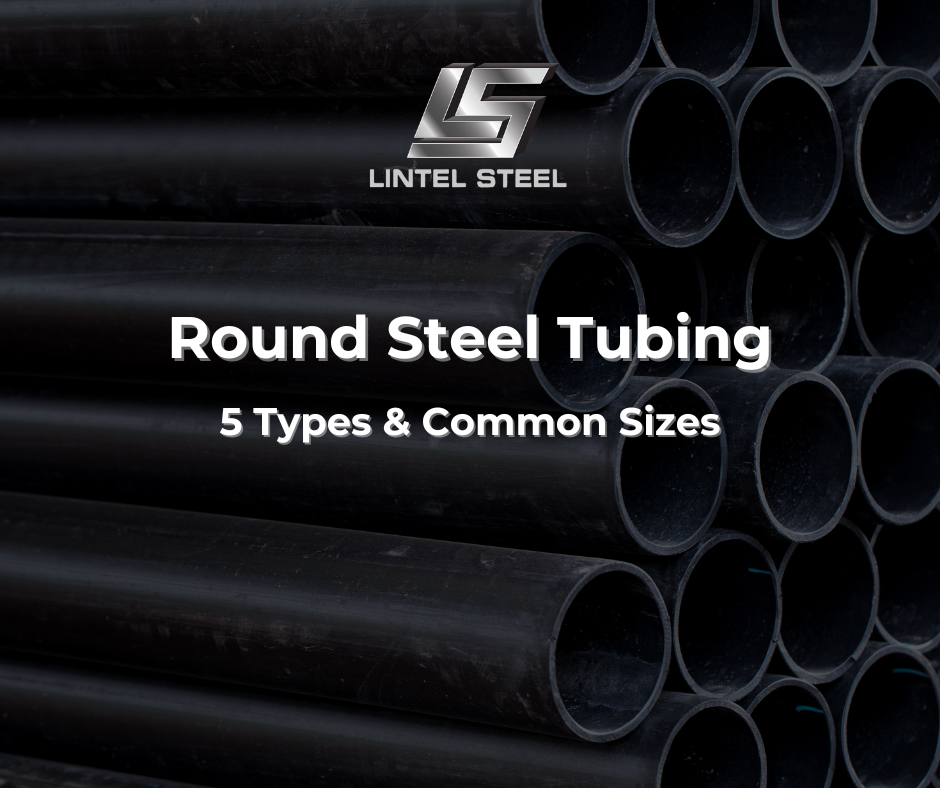Galvanised Pipe: 5 Necessary Guides for DIY Builders
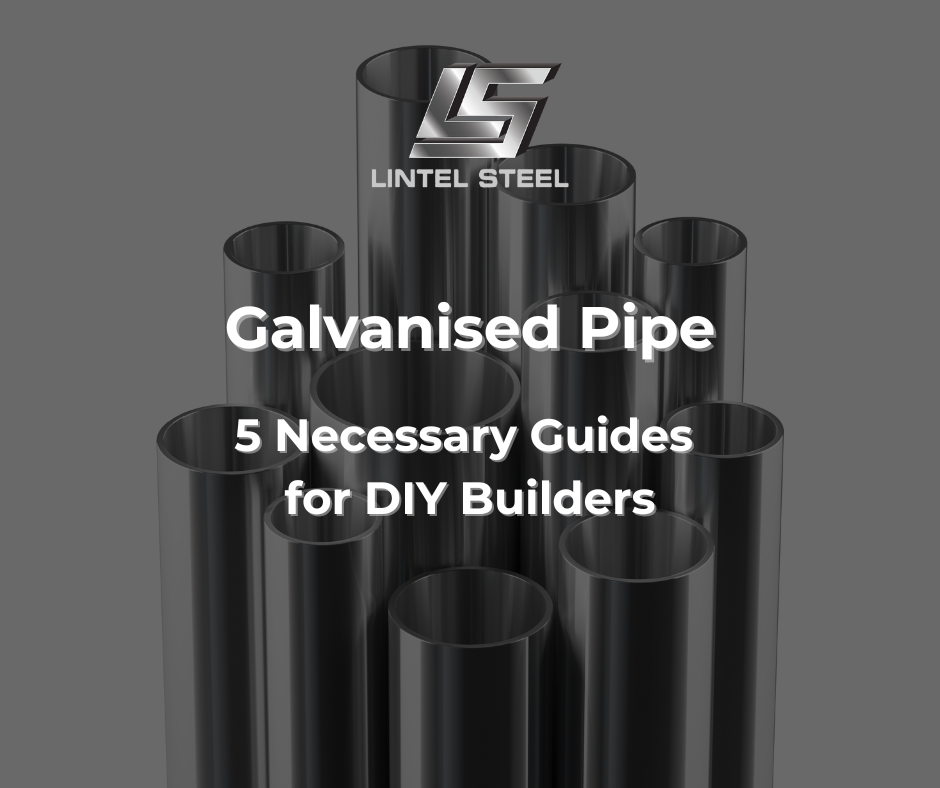
Steel has always been at the core of construction and engineering, but not all steel is created equal. When it comes to projects that face constant exposure to moisture, weather, or outdoor environments, galvanised pipe continues to be a trusted choice. With its protective zinc coating, it provides an affordable, long-lasting, and low-maintenance solution. Whether you’re a builder working on a large framework or a homeowner installing a new fence, knowing the benefits and applications of galvanised pipe can help you make the right decision.
What is Galvanised Pipe?
A galvanised pipe (or galv pipe) is a steel pipe coated with a protective layer of zinc. The zinc coating helps prevent rust and corrosion, making the pipe stronger and longer-lasting compared to untreated steel. This process, called hot-dip galvanisation, involves immersing the steel into molten zinc to form a durable bond. For decades, galv pipe has been widely used in construction, plumbing, and outdoor projects because of its resilience.
Why Use Galvanised Pipe?
There are several advantages of using galvanised pipe:
- Corrosion resistance – The zinc coating forms a protective barrier against moisture.
- Long service life – Galv pipes can last 25–50 years depending on the environment.
- Low maintenance – The coating reduces the need for frequent repairs or replacements.
- Strength – Steel’s natural durability combined with zinc protection makes galvanised pipe ideal for heavy-duty work.
- Cost-effective – Galvanisation is usually more affordable than stainless steel while still offering excellent protection.
Common Applications of Galvanised Pipe
Galvanised pipe is used across many industries thanks to its strength and durability. Common applications include:
- Plumbing – Traditionally used for water supply lines.
- Construction – Frames, scaffolding, fencing, and supports.
- Agriculture – Irrigation systems, cattle yards, and shed structures.
- Outdoor projects – Gates, railings, and handrails exposed to weather.
- Industrial use – Conveyor systems, warehouse racking, and heavy equipment.
Galvanised Pipe Sizes and Dimensions
One of the main reasons builders and homeowners choose galvanised pipe is the flexibility in sizes and thicknesses. The right dimension ensures not only structural safety but also cost efficiency, since you don’t want to overspend on heavy-duty material when a lighter option would suffice.
Nominal Bore (NB) Sizes
Galvanised pipes are available in a wide range of Nominal Bore (NB) sizes, which refer to the approximate internal diameter of the pipe. Commonly stocked NB sizes include:
- 15 NB (½”) – Often used for light water lines, handrails, and small frameworks.
- 20 NB (¾”) – Suitable for light plumbing, irrigation, and residential fencing projects.
- 25 NB (1”) – A versatile size for both residential and light commercial use.
- 32 NB (1 ¼”) – Common in small structural projects, rural fencing, and support posts.
- 40 NB (1 ½”) – Frequently chosen for medium-load frames and light structural supports.
- 50 NB (2”) – Strong enough for larger fences, gates, and light scaffolding.
- 65 NB (2 ½”) – Ideal for heavy-duty agricultural or warehouse use.
- 80 NB (3”) – Suitable for larger frameworks and outdoor structures.
- 100 NB (4”) – Used in heavy structural construction and industrial pipelines.
- 125 NB (5”) – Often applied in bulk water supply systems and industrial frameworks.
- 150 NB (6”) – Common for major construction, industrial fluid systems, and heavy-duty applications.
- 200 NB (8”) and above – Large-scale pipelines, infrastructure projects, and specialised engineering applications.
Wall Thickness (Schedule and Weight)
Beyond diameter, wall thickness is another critical factor. The thickness determines how much pressure the pipe can handle and its durability in demanding environments. Typical galvanised pipe wall thickness ranges include:
- Light-duty – around 2.0mm, used in handrails, light frameworks, or general DIY.
- Medium-duty – 3.2mm to 4.0mm, a balanced option for structural work, fencing, and small construction.
- Heavy-duty – 5.0mm to 6.0mm or more, ideal for scaffolding, industrial systems, or where heavy load-bearing capacity is required.
Some suppliers also follow Schedule classifications (e.g., Schedule 40, Schedule 80), which indicate wall thickness relative to diameter.
Pipe Lengths and Custom Cutting
The standard supply length for galvanised pipe is 6 metres, but many suppliers offer cutting services to suit your project’s needs. Whether you require shorter segments for fencing panels or longer continuous runs for water systems, custom cutting ensures minimal waste and accurate fit.
Why Size Matters
Choosing the right galvanised pipe dimension is essential because:
- Undersized pipe may fail under pressure or load.
- Oversized pipe can add unnecessary costs and weight.
- Proper thickness ensures longevity, especially in outdoor or high-moisture environments.
When in doubt, consult with your steel supplier to match the correct size and wall thickness to your specific project requirements..
Galvanised Pipe vs Stainless Steel Pipe
Both galvanised and stainless pipes are designed to fight corrosion, but they achieve it in different ways—and that difference can affect cost, performance, and application.
- Corrosion protection:
- Galvanised pipe relies on its outer zinc coating, which eventually wears down over time, especially in highly corrosive environments like coastal areas.
- Stainless steel pipe is made from an alloy containing chromium, which forms a natural passive layer that resists rust throughout the entire material, not just the surface.
- Strength and durability:
- Galv pipe offers strong performance for decades in general outdoor and industrial settings.
- Stainless steel pipe, however, often outlasts galvanised pipe in harsh environments because its corrosion resistance is built into the metal itself.
- Cost factor:
- Galv pipe is far more affordable and is often chosen for fencing, scaffolding, and non-critical structures.
- Stainless steel pipe is significantly more expensive but pays off in applications where corrosion resistance is non-negotiable, such as food processing, chemical plants, and marine industries.
- Appearance:
- Galvanised pipes have a dull, matte-grey finish.
- Stainless pipes provide a sleek, polished look suitable for architectural or exposed use.
In short, galv pipe is the budget-friendly workhorse for most outdoor and construction jobs, while stainless pipe is the premium option for environments where long-term corrosion resistance and aesthetics are essential.
How to Choose the Right Galvanised Pipe
When selecting galvanised pipe, consider these points:
- Application type – Indoor, outdoor, or underground use will affect the required thickness.
- Load requirements – For structural projects, thicker walls and larger diameters are best.
- Corrosion environment – Areas with high moisture or coastal exposure may need heavier coatings.
- Budget – Galvanised tube offers a good balance between cost and protection compared to stainless steel.
- Compliance – Always check Australian Standards or local building codes.
Where to Buy Galvanised Pipe in Perth
If you are looking for galvanised pipe in Perth, several suppliers provide standard and custom sizes. Whether you are a builder needing bulk orders or a homeowner tackling a DIY fencing project, you can request a free quote and get your pipes cut to size. Choosing a reliable steel supplier ensures you get quality galv pipe that meets Australian standards.
Get a quote for galvanised pipe
You can find out more about us at our Fanpage Lintel Steel.

